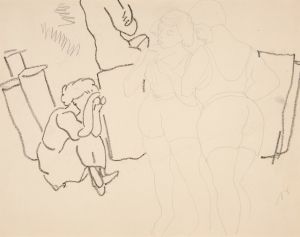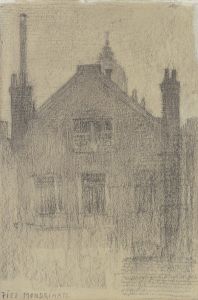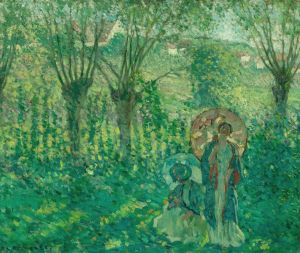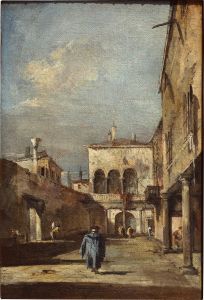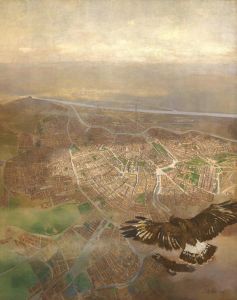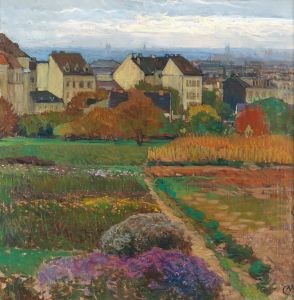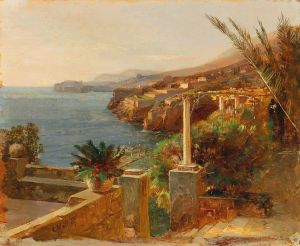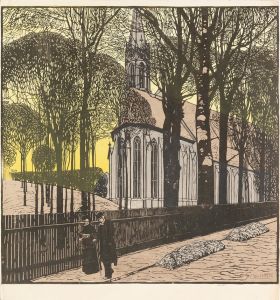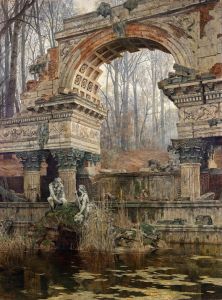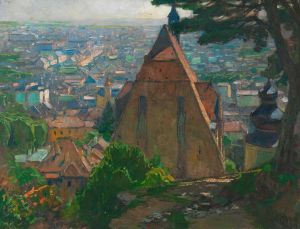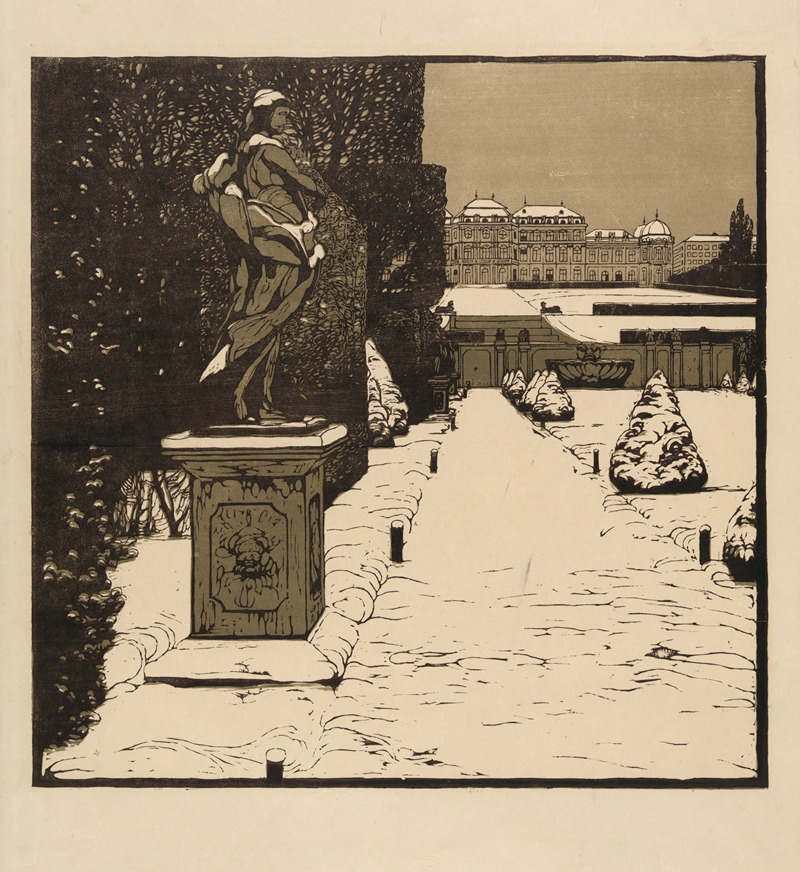
Belvedere
A hand-painted replica of Carl Moll’s masterpiece Belvedere, meticulously crafted by professional artists to capture the true essence of the original. Each piece is created with museum-quality canvas and rare mineral pigments, carefully painted by experienced artists with delicate brushstrokes and rich, layered colors to perfectly recreate the texture of the original artwork. Unlike machine-printed reproductions, this hand-painted version brings the painting to life, infused with the artist’s emotions and skill in every stroke. Whether for personal collection or home decoration, it instantly elevates the artistic atmosphere of any space.
Carl Moll was an Austrian painter known for his contributions to the Vienna Secession movement, a group that sought to break away from the traditional academic art of the time. One of his notable works is "Belvedere," a painting that captures the essence of Vienna's cultural and architectural heritage.
"Belvedere" by Carl Moll is a landscape painting that depicts the Belvedere Palace, a historic building complex in Vienna, Austria. The Belvedere is one of the most significant examples of Baroque architecture in Europe and consists of two main palaces: the Upper Belvedere and the Lower Belvedere. These structures were built in the early 18th century for Prince Eugene of Savoy, a prominent military leader and art patron.
Moll's painting showcases the grandeur of the Belvedere Palace, highlighting its architectural elegance and the surrounding gardens. The composition of the painting reflects Moll's attention to detail and his ability to capture the interplay of light and shadow, which brings the scene to life. The use of color in the painting is particularly noteworthy, as Moll employs a palette that emphasizes the lush greenery of the gardens and the stately presence of the palace itself.
As a member of the Vienna Secession, Carl Moll was influenced by the movement's ideals, which included a focus on modernism and a departure from traditional artistic conventions. The Secessionists were known for their innovative approaches to art, architecture, and design, and they sought to create a new artistic language that reflected the changing times. Moll's work, including "Belvedere," embodies these principles through its modern composition and technique.
The painting not only serves as a representation of the Belvedere Palace but also as a reflection of the cultural and artistic milieu of Vienna at the turn of the 20th century. During this period, Vienna was a hub of artistic innovation, with figures like Gustav Klimt, Egon Schiele, and Otto Wagner contributing to its vibrant cultural scene. Moll's association with these artists and his involvement in the Secession movement positioned him as a key figure in the development of modern art in Austria.
"Belvedere" is an example of Moll's ability to blend traditional subject matter with modern artistic techniques. His work often features a harmonious balance between realism and impressionism, capturing the essence of the scene while also conveying a sense of mood and atmosphere. This approach is evident in "Belvedere," where the meticulous rendering of architectural details is complemented by a softer, more impressionistic treatment of the natural surroundings.
Today, Carl Moll's "Belvedere" is appreciated not only for its artistic merit but also for its historical significance. It offers viewers a glimpse into the past, showcasing the beauty of one of Vienna's most iconic landmarks while also reflecting the innovative spirit of the Vienna Secession. As such, it remains an important work in the canon of Austrian art, celebrated for its contribution to the cultural heritage of Vienna and its enduring appeal to art enthusiasts around the world.







